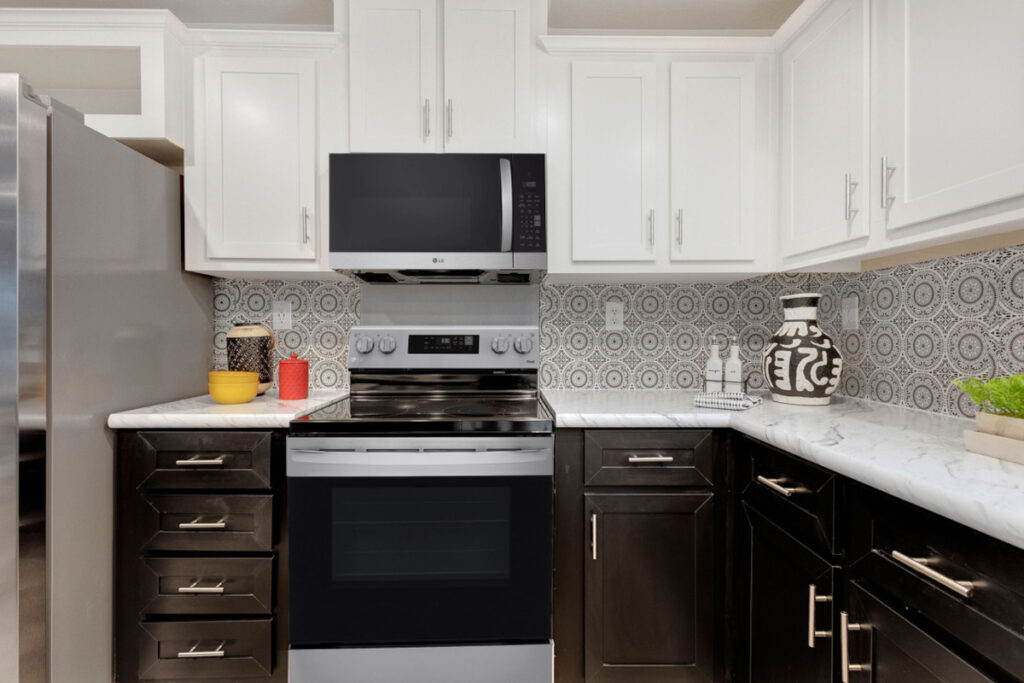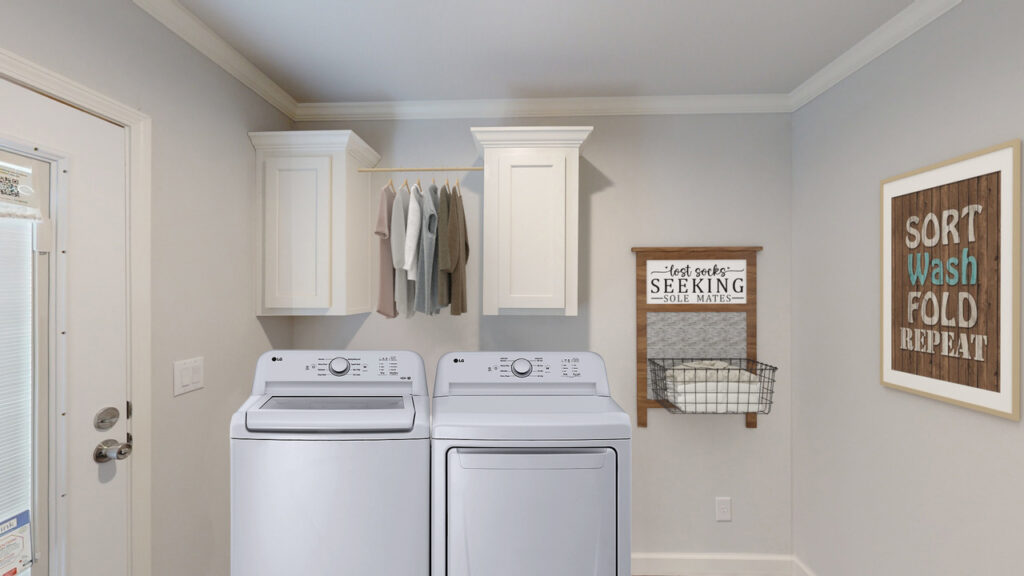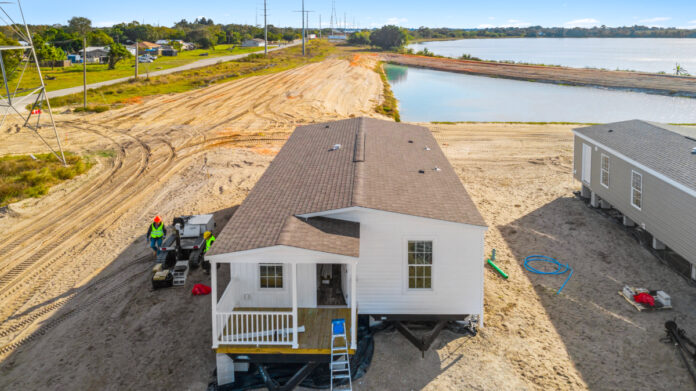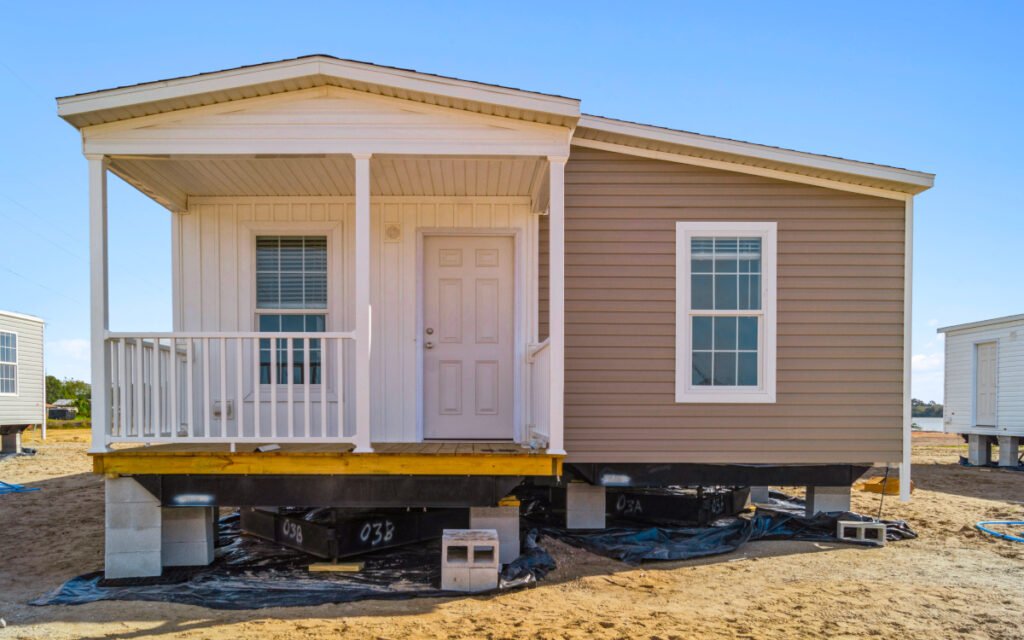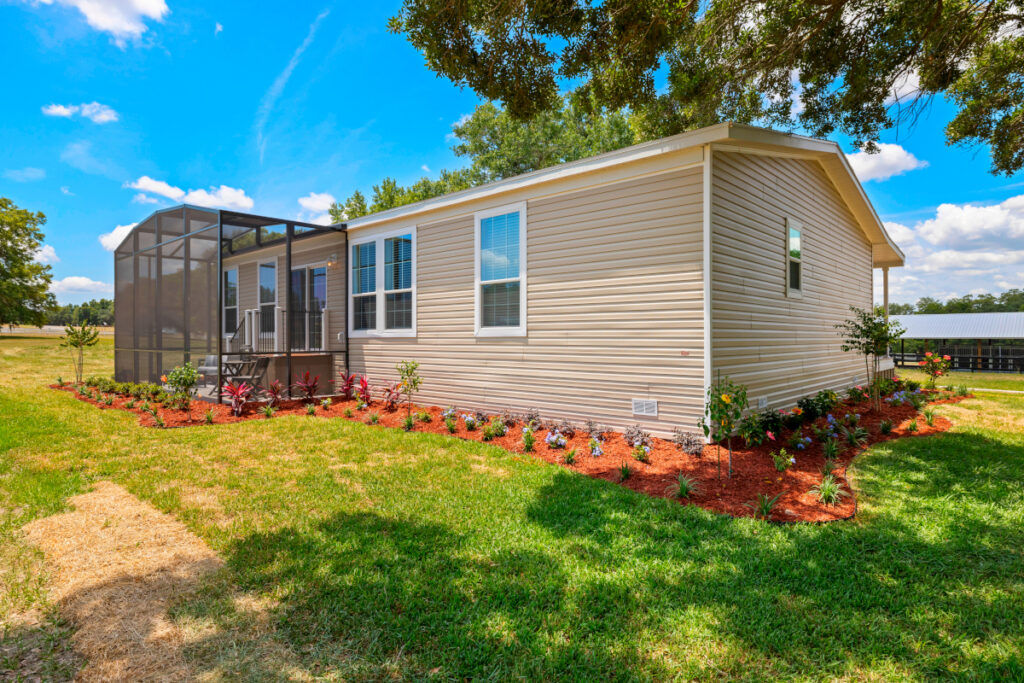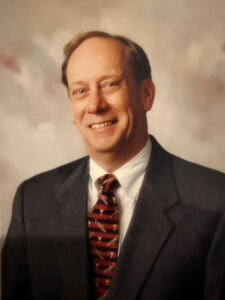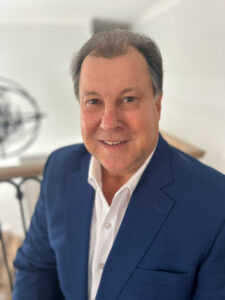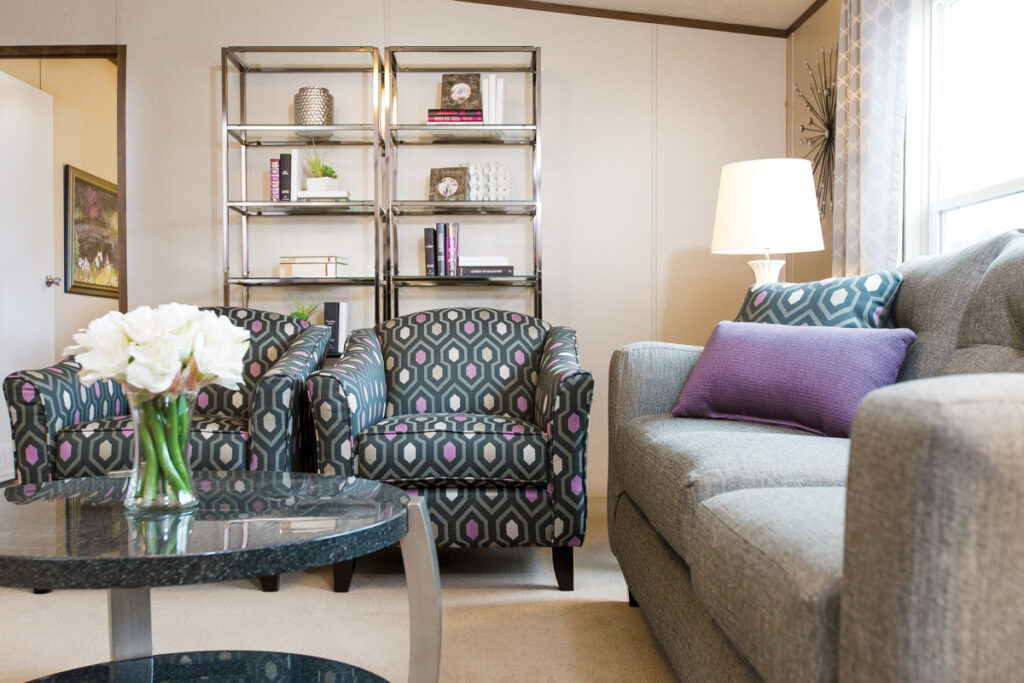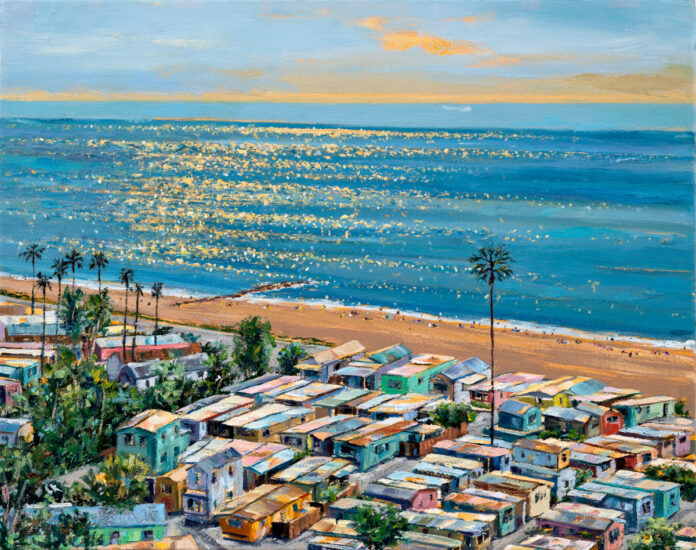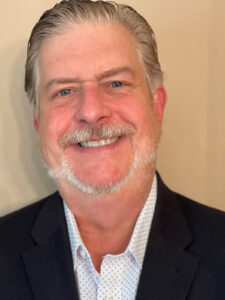Odds of qualifying a lead called within five minutes of contact increase 21 fold compared to a 30-minute response time
According to industry research, the odds of qualifying a lead within five minutes of initial contact are 21 times higher than the odds of waiting just 30 minutes.
Forbes magazine state that businesses waste 71 percent of their leads. How do they waste them? By simply not contacting them.
Yes, according to Forbes, only 27 percent of leads ever get contacted.
As a company that provides leads to our industry, we see this all the time. Buyers who are ready to purchase a home call the Customer Service Team at MHVillage because they are interested in a listing they have found on the site. They have tried to contact the seller, but the seller hasn’t responded.
When this happens, we do our best to connect people. But the point is that you spend money on your sales staff, your marketing and advertising, your office and your product. You do it because you expect it to pay off with sales. The quickest way to increase your return on investment?
Make sure your sales people respond to leads, and respond quickly.
Statistics on Qualifying A Lead
How quickly?
The rep that calls a lead within five minutes has great close rates. Leads are impressed by a very quick response. In addition, the odds of qualifying a lead called within five minutes of contact increase 21 fold, when compared to a 30-minute response time, according to Ken Krogue, a leading sales researcher and consultant.
When a rep calls or returns an email right away, there is a high likelihood that the potential customer is still by their computer or phone. They might even be standing in front of the home in your community. The closer you can be to that point of contact, the better.
However, the average call back time is 46 hours and 53 minutes.
Let me ask you something, do you remember any of the websites you were surfing on nearly two days ago? Or think of it this way – say you stopped into an electronics store to buy a high-end digital camera. You have a couple of questions, you know basically what you want, but you want to make sure you are getting the right piece of equipment. What if you were told you needed to wait 46 hours to see what you wanted to buy? Would you move on to another store? You bet you would!
Not only does responding quickly let you talk to the prospect while they are thinking about your community or your homes for sale, it also shows a level of respect. Getting back to someone promptly shows you are interested in working with them and earning their business.
Firms that tried to contact potential customers within an hour of receiving a query were nearly seven times as likely to qualify the lead (which we defined as having a meaningful conversation with a key decision maker) as those who tried to contact the customer even an hour later—and more than 60 times as likely as companies that waited 24 hours or longer.
– James B. Oldroyd Harvard Business Review
So, what can you do to quickly qualify a lead?
Start with a plan.
Consider your different kinds of leads, and determine ways to connect with these potential customers. Let’s take at some:
- In person: drive-bys and walk-ins
- Referrals
- Telephone
- Website form
- Web traffic
- Mobile Browsing
Do you have policies and plans in place to capture these leads and market to them?
By putting together a guidebook on how and when you want your leads handled, then your team can focus on what they do best – making the sale.
Start establishing benchmarks. Maybe a five minute goal is a bit much to start. But can you set a policy that everyone who called or emailed prior to an hour of close of business gets contacted that same day? Once that is running smoothly, can you back it up to contacting every lead within four hours, and so on? You know what will work best in your business, so what can you do to help your team formulate a plan to make more sales? Anything that gets you closer to that 5-minute call-back will improve how your team is qualifying a lead.
Sales studies consistently show that anywhere from 35 to 50 percent of all sales go to the agent who makes first contact. If you’re Vendor # 7 out of 10 attempting to contact a lead, what’s the realistic chance of creating an opportunity?
Life on the internet is increasingly shortening our attention spans. Which means that prompt attention to leads is even more paramount than it was years ago. And that five minute time frame? It’s going to be a moving target. Secret shop your staff to see how they do. Then make sure they have the tools and the plan to follow up right away. Your customers will thank you!



